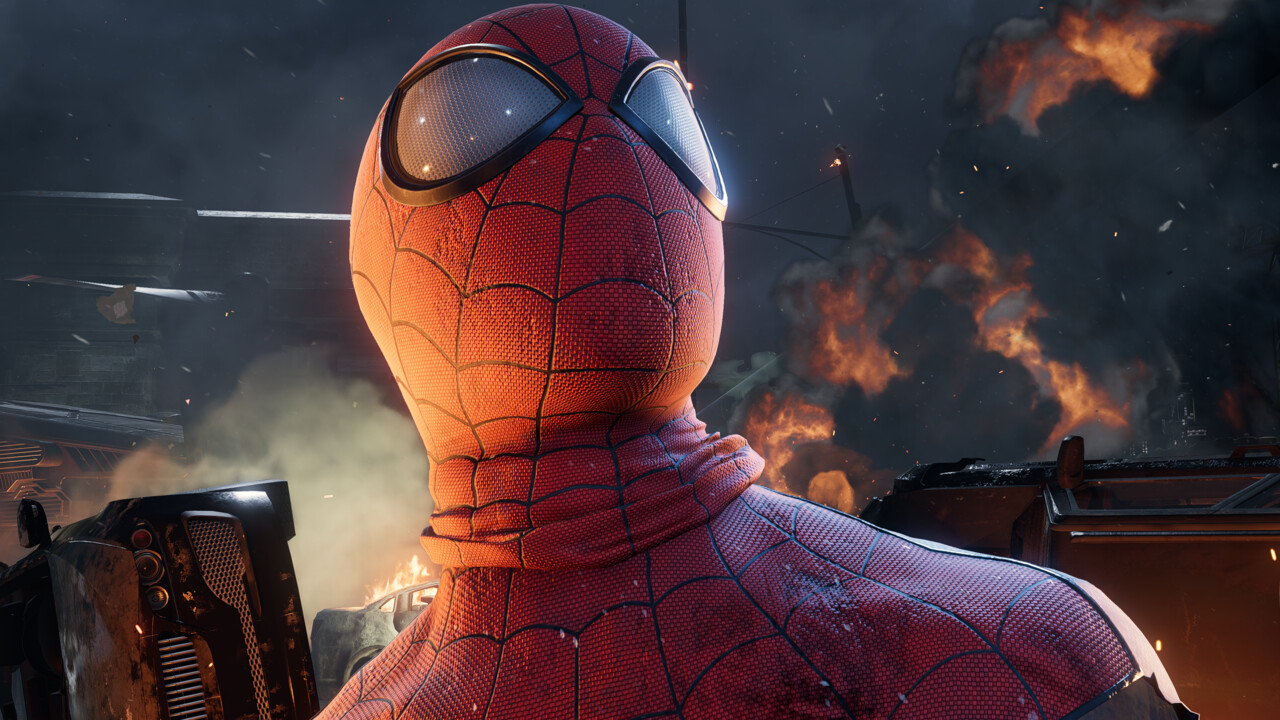
Good to see another developer speaking out on the benefits of RT and why it is important going forward

To stay true to the world of Warhammer 40,000 one has to make the grim world of the far future dark. But how do you do dark, darkness just being the absence of light? Our answer to that question would probably be - you do it by making the few light sources there better, more living and eye-catching.
Thus, we needed to improve our ambient lighting model which in Vermintide 2 mostly consisted of very sparse baked probe information and global ambient light overrides. In essence we wanted to get global illumination into our scenes and make sure objects placed in our worlds felt like they contributed to the lighting in the scene accurately. With more accurate ambient lighting one also cannot forget about the specular lighting and reflections which play a big role in making our scenes feel coherent. It became obvious that we had to make big improvements here to make sure that we live up to everything that makes Warhammer 40,000 the grim dark world it should be.
Luckily there was a good candidate technology for solving this problem. ray tracing and specifically RTXGI for global illumination (GI).
Ray tracing just started to become a well established component for rendering in games, especially with an explosion in terms of hardware support. Ray tracing is also compelling from a rendering development standpoint because it provides a unified solution for complex corner cases that arise when doing more traditional rasterized rendering.
Partnering up with NVIDIA we opted to support ray tracing in our renderer and ended up implementing both RTXGI and raytraced reflections to boot. This also lays the groundwork needed for us to continue experimenting with additional ray tracing features down the line which carries the promise of further improving things like shadows, transparency rendering and VFX (visual effects such as particles).
Another added benefit of the RTXGI implementation we ended up going with is actually that we decided to replace our baked ambient light solution with baked RTXGI probe grids. This allows us to use RTX cards on our development machines to quickly bake GI that can be applied to our scenes even for gpus that do not have enough power to push advanced ray tracing features like this. You won’t get the added benefit of the GI being fully dynamic that you get if you have a powerful gpu in your machine of course but the static GI still retains the nice dark feeling in our scenes that would otherwise be very flat and boring.








